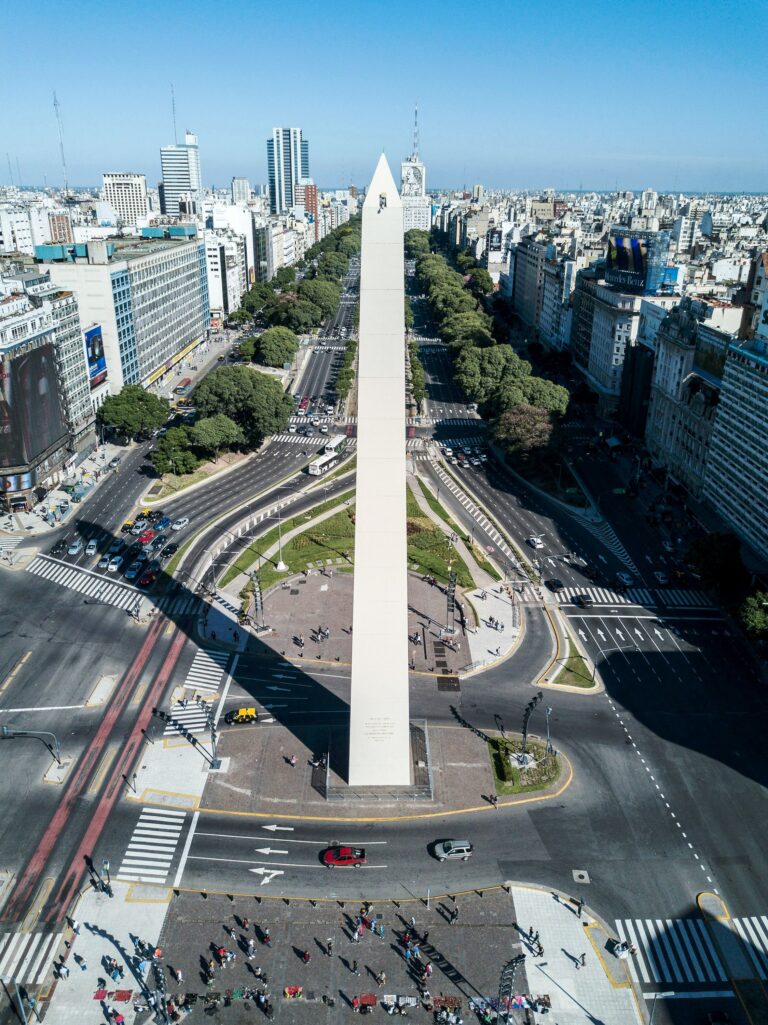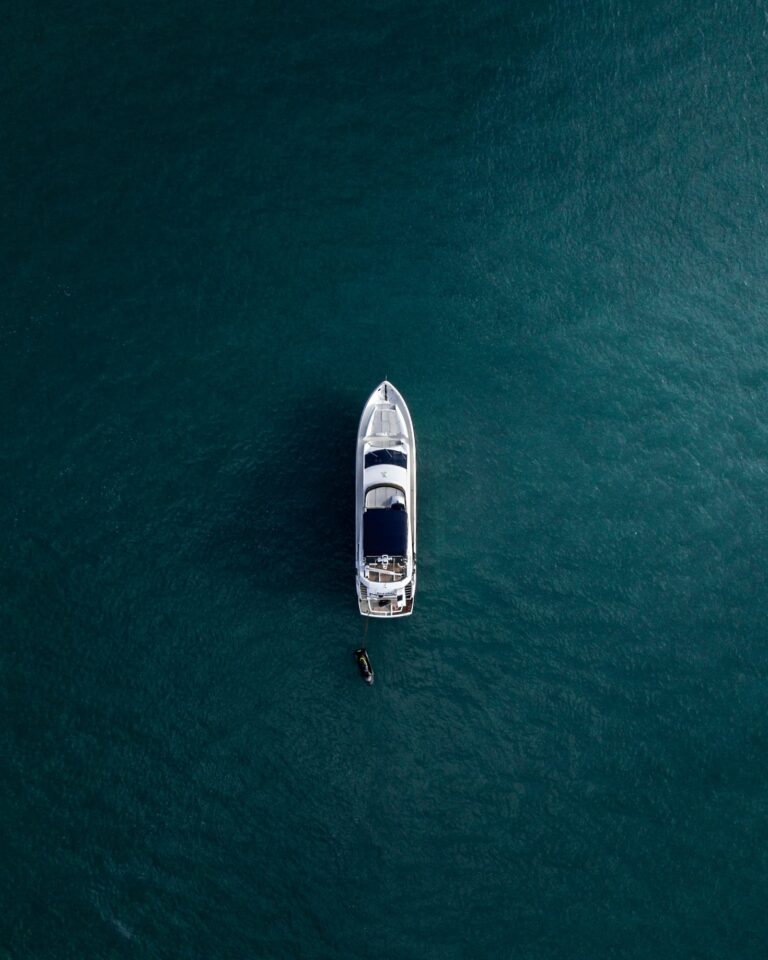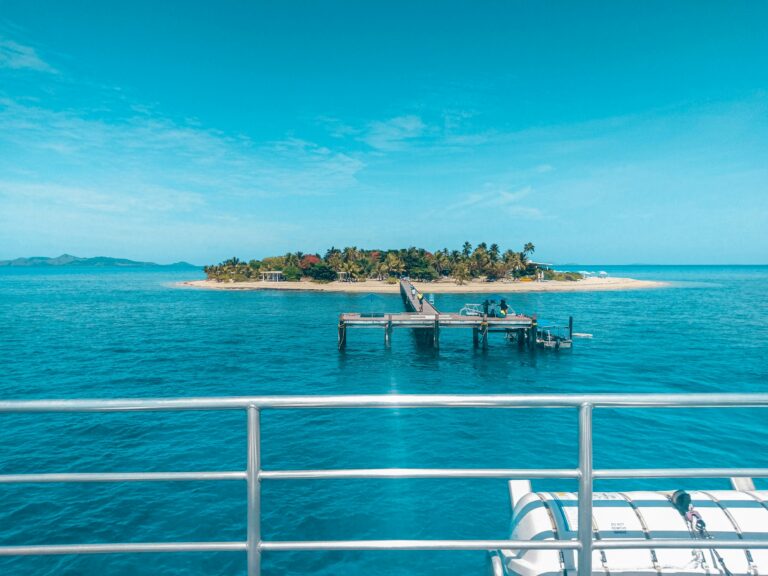How to plan a trip to South Africa: the ultimate guide
So, you’re thinking about traveling to South Africa? Amazing choice! This country has everything—stunning landscapes, wildlife, adventure, beaches, and vibrant cities. Whether you’re dreaming of seeing lions up close on a safari, exploring Cape Town’s iconic Table Mountain, or relaxing on the golden beaches of Durban, South Africa is packed with incredible experiences. If you think on how to plan a trip to South Africa this guide will help you plan for the trip as it can feel overwhelming at first, but don’t worry—we’ve got you covered. Here’s everything you need to know to make your trip unforgettable!
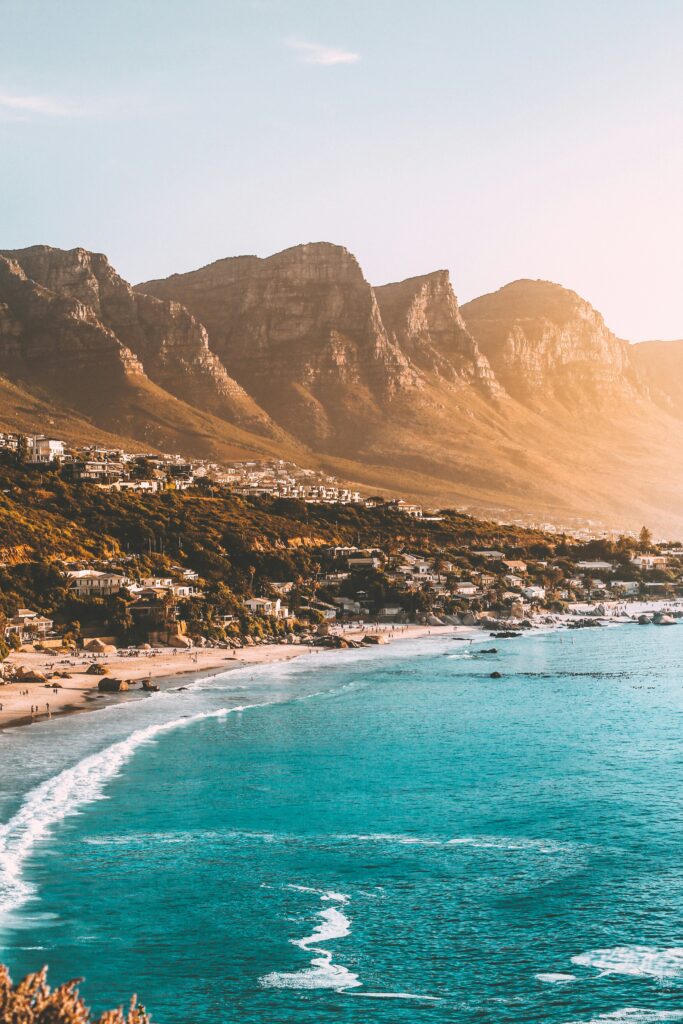
Step 1: Best time to visit South Africa
South Africa is a year-round destination, but the best time depends on what you want to do.
- For safari & wildlife: May to September (dry season) is the best time for game viewing because animals gather around waterholes.
- For beaches & outdoor activities: November to March (summer) is perfect, especially for Cape Town and the Garden Route.
- For budget Travelers: Traveling during the shoulder seasons (April-May and September-October) means fewer crowds and lower prices.
Step 2: Visa and entry requirements
Most travelers, including those from the US, UK, Canada, and the EU, can enter South Africa visa-free for up to 90 days. However, make sure your passport is valid for at least six months beyond your stay. Also, if you’re traveling with kids, South Africa has strict rules on traveling with minors, so check those in advance.
Step 3: Flights and getting there
Most international flights land at OR Tambo International Airport (Johannesburg) or Cape Town International Airport.
- From the US, flights usually connect via Europe or the Middle East.
- From the UK, direct flights to Johannesburg or Cape Town are available.
- Budget travelers should check airlines like Qatar Airways and Turkish Airlines for affordable fares.
Pro Tip: Book flights 3-6 months in advance for the best deals!
Step 4: Budget and costs
South Africa is affordable compared to Western countries, but prices vary depending on your travel style.
- Backpacker Budget: $30–$50 per day (hostels, public transport, self-cooked meals)
- Mid-Range Budget: $80–$150 per day (guesthouses, rental cars, restaurant meals, some activities)
- Luxury Budget: $250+ per day (luxury lodges, fine dining, guided tours)
Big expenses include flights, safaris, and activities like shark cage diving or wine tasting.
Step 5: Where to go in South Africa
South Africa is HUGE, so unless you have months to explore, you’ll need to plan your itinerary wisely. Here are the must-visit spots:
1. Cape Town & The Cape Peninsula
Cape Town is one of the most beautiful cities in the world. Here’s what you shouldn’t miss:
- Table Mountain – Hike or take the cable car for epic views.
- Robben Island – Visit the prison where Nelson Mandela was held.
- Boulders Beach – Chill with the adorable African penguins.
- Cape of Good Hope – A must for incredible coastal scenery.
- Wine Tasting in Stellenbosch & Franschhoek – South Africa produces some of the world’s best wines!
2. The Garden Route
A stunning coastal drive with stops at:
- Tsitsikamma National Park – Hike, kayak, or do the famous suspension bridge walk.
- Knysna & Plettenberg Bay – Beautiful beaches and lagoons.
- Oudtshoorn – Visit the Cango Caves and see ostrich farms.
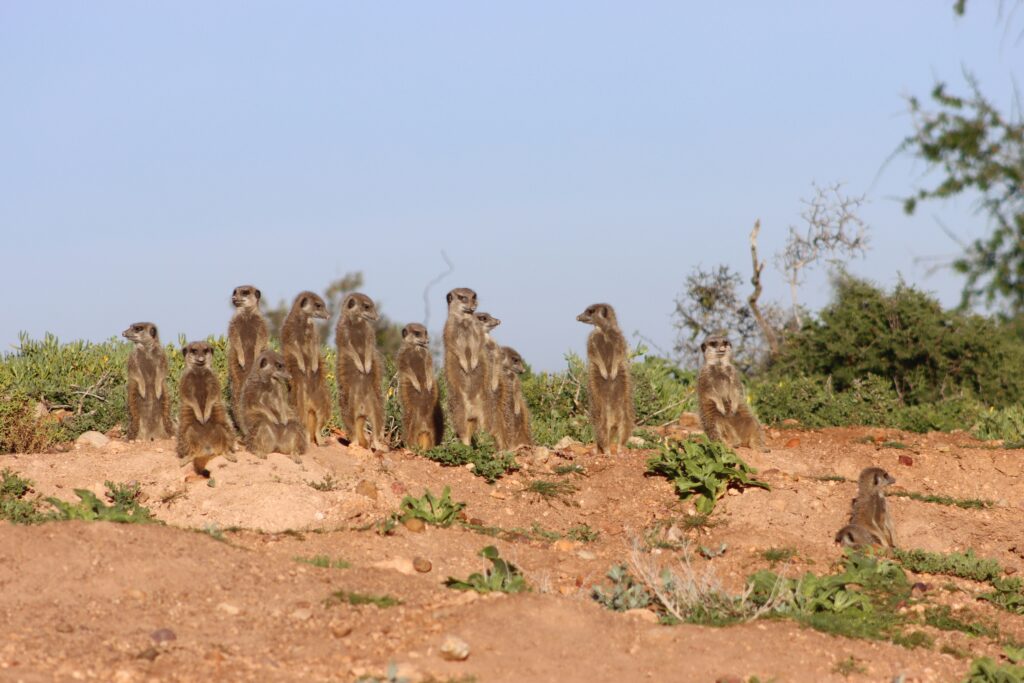
3. Johannesburg & Soweto
- Apartheid Museum – Learn about South Africa’s history.
- Soweto Tour – See Nelson Mandela’s house and experience local culture.
- Maboneng Precinct – Hipster cafes, art galleries, and nightlife.
4. Kruger National Park (Safari Time!)
Kruger is THE place to go for a safari. Stay in a budget-friendly rest camp or splurge on a luxury lodge. Expect to see lions, elephants, rhinos, and more!

5. Drakensberg Mountains
For hikers and nature lovers, the Drakensberg is a paradise with breathtaking trails and waterfalls.
6. Durban & The Wild Coast
Durban has a more tropical vibe with warm beaches and great surf spots. The Wild Coast is perfect for off-the-beaten-path adventures.
Step 6: Getting around
South Africa isn’t the easiest place to travel around without a car, but here are your options:
- Car Rental: The best option if you want flexibility. Just remember, they drive on the left side of the road!
- Buses: Companies like Greyhound and Intercape operate long-distance routes.
- Domestic Flights: Great for covering large distances quickly.
- Trains: The luxury Rovos Rail is an experience, but general trains aren’t recommended for tourists.
Step 7: Safety Tips
South Africa has a reputation for crime, but with smart precautions, you’ll be fine:
- Avoid walking alone at night, especially in big cities.
- Use Uber instead of hailing taxis.
- Don’t flash valuables in public.
- Keep car doors locked while driving.
- Research safe areas to stay in each city.
Locals are super friendly, and most touristy places are safe, so don’t let fear stop you from visiting!
Step 8: Food and drinks
South African food is delicious and affordable. Try these must-eats:
- Braai – South African BBQ, a big part of local culture.
- Bunny Chow – A Durban specialty (hollowed-out bread filled with curry).
- Bobotie – A Cape Malay dish, like a spiced meatloaf with egg custard.
- Biltong – Dried, cured meat (like jerky, but better!).
- Malva Pudding – A sweet, sticky dessert.
Step 9: Packing list
South Africa has a variety of climates, so pack smart!
- Light clothing for summer (Nov-March).
- Warm layers for winter (especially for safaris!).
- Comfortable shoes for walking/hiking.
- Sunscreen & insect repellent (mosquitoes can be an issue in some areas).
- Power adapter (South Africa has unique plug sockets!).
Step 10: Final travel tips
- Currency: South African Rand (ZAR). Credit cards are widely accepted.
- Language: English is spoken everywhere, but you might hear Afrikaans and Zulu too.
- Tipping: 10-15% at restaurants.
- Emergency Number: 10111 (police) and 10177 (ambulance).
Planning a trip to South Africa might seem overwhelming, but it’s 100% worth it. Whether you’re after adventure, culture, or relaxation, this country has something for everyone. With the right planning and a bit of local know-how, you’re in for the trip of a lifetime. So, get your bags packed, and get ready for an unforgettable adventure!
If you found this guide helpful, share it with your travel buddies and start planning your dream South African adventure today!


